- January 16, 2023
- Posted by: Author Anoma
- Categories:
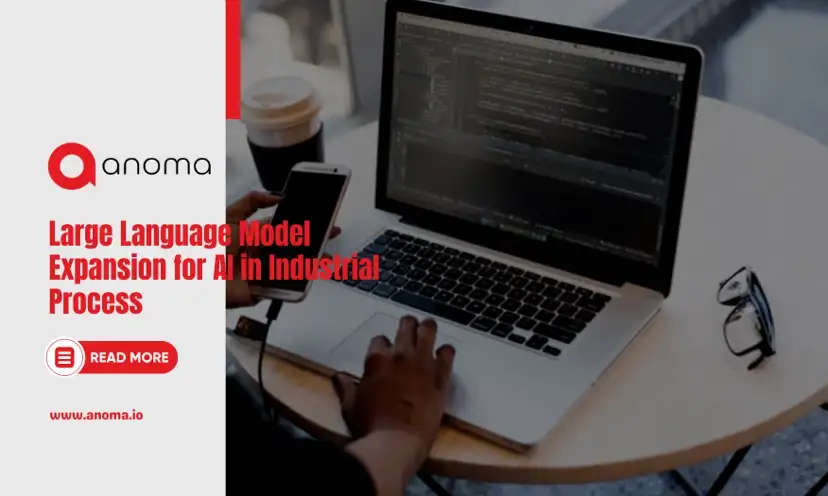
“ Predicting the future isn’t magic, It’s Artificial Intelligence ’’
DALL-E 2, an AI in Industrial Process – Anoma Tech with 3.5 billion parameters, was released in July 2022, sending waves through the AI community and the general public globally. Then came ChatGPT, an interactive big language model for discussion that OpenAI had constructed and trained.
Up until that point, flamboyant text-to-image models have dominated the media and the industry. However, another kind of Large Language Model (LLM) came to the fore in December 2022 with the extension of public trials of Open AI’s new conversational chatbot.
With little to no training supervision, LLMs are learning algorithms that can identify, condense, translate, forecast, and develop languages using very massive text-based datasets. They can do a variety of activities with great accuracy, such as responding to consumer inquiries or recognizing and producing text, sounds, and images.
A rising number of alternative modalities exist in addition to text-to-image, such as text-to-text, text-to-3D, text-to-video, digital biology, and more.
AI’s influence is steadily growing:
In the past two years, LLM neural networks have subtly increased the AI in Industrial Process – Anoma Tech in a variety of industries, including healthcare, gaming, banking, robotics, enterprise software, and machine learning.
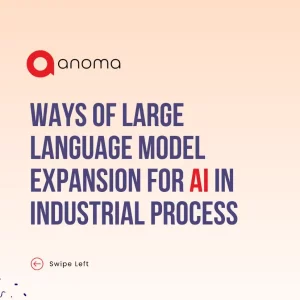
According to Bryan Catanzaro, vice president of Applied Deep Learning Research at Nvidia, “Large language models have proven to be versatile and powerful, able to answer deep domain queries, translate languages, analyze and summarise texts, generate stories, and calculate programs.”
With the introduction of ChatGPT, a new type of LLM that served as the basis for generative AI in Industrial Process – Anoma Tech neural networks — the latter of which is being hailed as a revolutionary disruptor of AI, including enterprise applications — clearly emerged.
“ The coming era of Artificial Intelligence will not be the era of war but be the era of deep compassion, and love. ” — Amit Ray
Infrastructures that prioritize AI allow for enterprise-grade LLMs
The concept gained popularity a year after it was first proposed in a significant research paper from 2017 with the introduction of the BERT (Bidirectional Encoder Representations from Transformer) open-source software and the GPT-3 model from OpenAI.
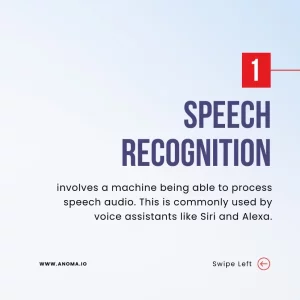
These pre-trained models have lately increased in complexity and size by a factor of 10 and have become more powerful and well-liked as a result. PaLM 540B and Megatron 530B, two of the largest models in the world right now, are LLMs.
Indeed, LLMs are gradually replacing convolutional and recurrent models as one of the most recent and potent kinds of models.
According to Catanzaro, LLMs can assist businesses in encoding intelligence through learned knowledge across several fields. By doing this, an innovation that increases and liberates the value of AI in ways that were previously only possible on supercomputers is sped up.
Accelerating the growth of AI and the life sciences:
As Tabnine discovered, accelerating the creation of AI and software applications is turning out to be a highly valuable use case. Today’s generative AI in Industrial Process – Anoma Tech support software engineers’ efforts to maximize correctness and productivity.
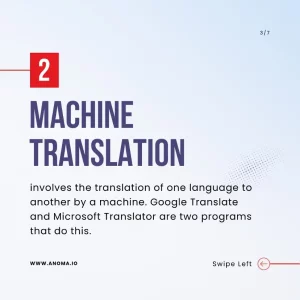
With the use of its LLMs, NLP Cloud’s advanced software solution makes it simple for businesses to generate and deploy AI models and easily interpret and extract entities from text without the need for DevOps.
Although LLMs have aided AI in understanding human language, they are not just for this purpose. Large-scale neural networks may now be trained on chemical and biomolecular data more easily thanks to recent breakthroughs.
“ Robots are not going to replace humans, they are going to make their jobs much more humane. Difficult, demeaning, demanding, dangerous, dull — these are the jobs robots will be taking. ’’– Sabine Hauert
Researchers can create and use AI that can find novel patterns and insights in biological sequences and human health issues thanks to their understanding of these “languages.” Top biotech and pharmaceutical businesses have embraced Nvidia’s upcoming BioNeMo service to speed up drug development research because of these characteristics.
Next, what?
New use cases have been stimulated by the development of specialized frameworks, servers, software, and tools that have increased the viability and accessibility of LLM. A tsunami of innovation in AI and machine learning is already being driven by recent developments. The widely anticipated release of GPT-4 will probably confirm the growing consensus that “Transformer AI” is a significant development that will fundamentally alter how AI systems are developed and trained.
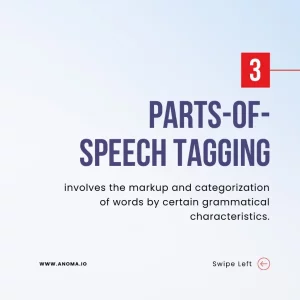
A particularly intriguing area is robotic control. Researchers currently train robots used in manufacturing, construction, autonomous driving, and personal assistants using transformer-based models. Powerful LLMs, according to some, will continue to supplant conventional convolutional AI models. TimeSformer, developed by researchers at Meta AI and Dartmouth, is a nice illustration of the usage of transformers in video analysis.
AI in Industrial Process – Anoma Tech
“ The ultimate search engine would understand everything in the world. It would understand everything that you asked it and give you back the exact right thing instantly. You could ask ‘what should I ask Larry?’ and it would tell you. ” — Larry Page
According to a recent study by Stanford academics, “the sheer scale and scope of foundation models over the last few years have pushed our vision of what is conceivable” and offer “a wide range of beneficial applications for society.”
For businesses, the usefulness goes far beyond creating “artistic” pictures of Darth Vader ice fishing.
Read more www.anoma.io
